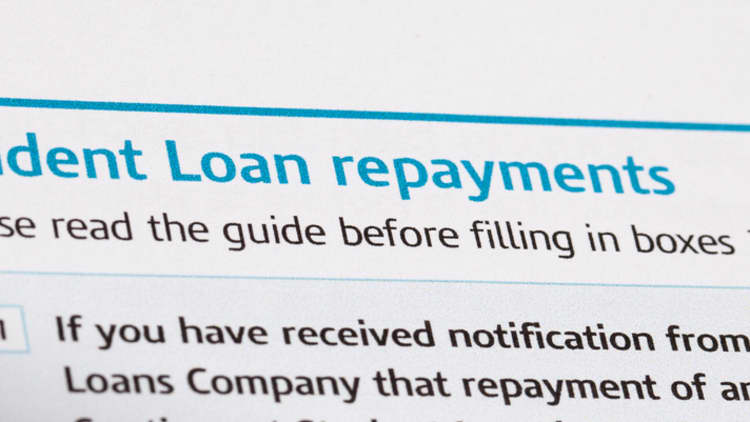Say an unexpected $20,000 lands in your lap and the only stipulation is that you invest it for retirement. Great, you say. But now what?
If you're a teen or young adult, choosing the best place to put retirement money — before even getting to the point of choosing exactly how to invest it — depends partly on whether you have a job.
While you might not have access to a 401(k) plan through work, there are other retirement-savings options that give you a break on your tax bill either now or in your golden years.
For example, even if you work just part-time, you can contribute up to $6,000 in 2019 — or up the amount you earned if less than that — to an individual retirement account.
"I'd open a Roth IRA and max it out if you qualify," said certified financial planner Sophia Bera, founder of Gen Y Planning.
Although contributions to Roth IRAs are not tax-deductible, they grow tax-free and withdrawals are completely tax-free once you reach age 59½. Be aware that while you generally can withdraw any amount you contribute, taking out any of the earnings before that age can result in a tax penalty unless you meet an exception.
A traditional IRA also is an option. While you can get a tax break for contributions (within income limits), you'll pay regular income taxes on it when you make withdrawals in retirement.
Regular IRAs also come with required minimum distributions — annual amounts you must take out to avoid a penalty — once you reach age 70½. Roth IRAs do not.

For the remainder of the $20,000 earmarked for retirement, you could put it in a high-yielding savings account and make additional Roth contributions in future years using that money, Bera said.
Or, you could open a brokerage account. In it, any earnings from an investment held longer than one year would be taxed at long-term capital gains tax rates, which are generally lower than the rates on ordinary income.
Meanwhile, if you are working full-time, your options for investing that $20,000 windfall might be expanded.
If you have a 401(k) through work, you could use some of your $20,000 windfall to bulk it up. In 2019, the maximum you can put in a 401(k) is $19,000. Contributions are made pre-tax, which reduces your taxable income.
"A lot of people aren't close to maxing out their 401(k)," Bera said. "Ramping up those 401(k) funds is important, and it will lower your tax liability for the year as well."
More from Personal Finance:
How to get your New Year's resolutions back on track
Do you know your net worth?
Why your boss is worried about your student loans
You should at least put enough in your 401(k) to get your company's matching contribution if one is available.
"If you don't get the company match, it's free money you're leaving on the table," said CFP Rianka Dorsainvil, founder and president of Your Greatest Contribution.
If you have money left over from that earmarked $20,000 after your 401(k) contribution, a Roth IRA is an option for the remainder, as long as your income is within the limits ($137,000 for single filers and $203,000 for married couples filing jointly).
Or, if you have a high-deductible health care plan, you could put up to $3,500 into a health savings account this year ($7,000 for families).
HSAs come with a triple tax benefit: a deduction for the contribution, tax-free growth and tax-free withdrawals as long as the money is used for qualified medical expenses.
As with the younger crowd, a brokerage account also is an option.


